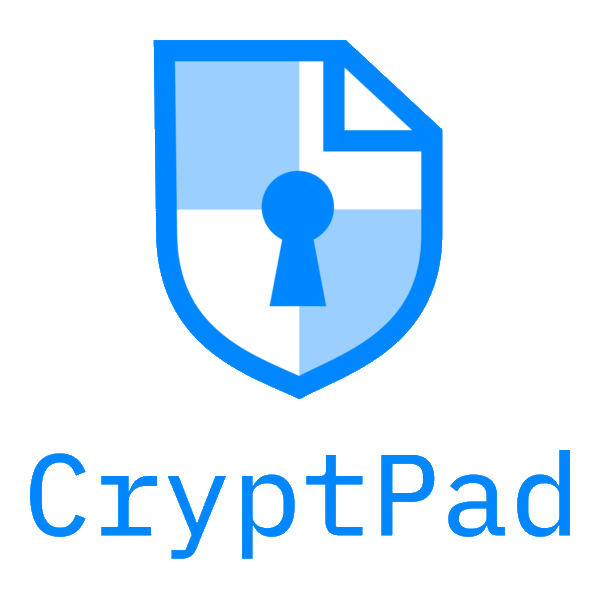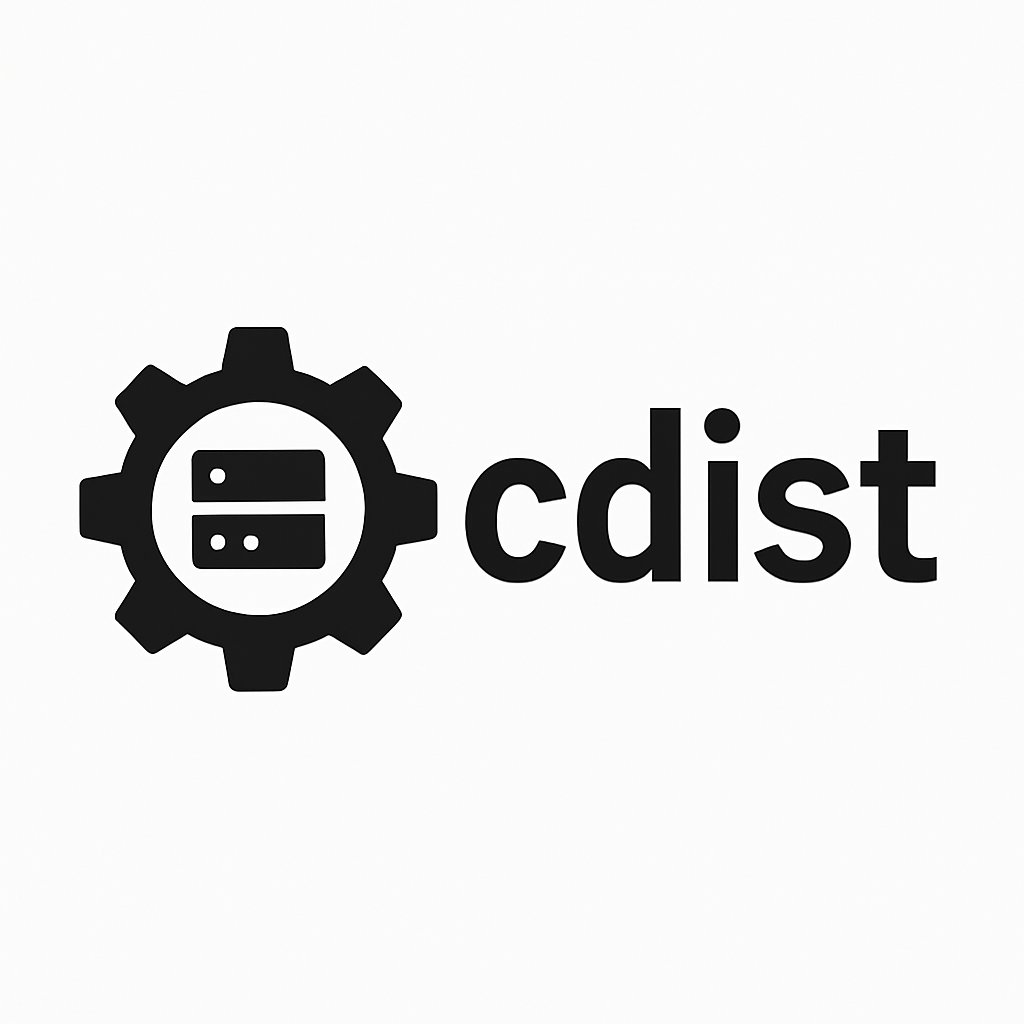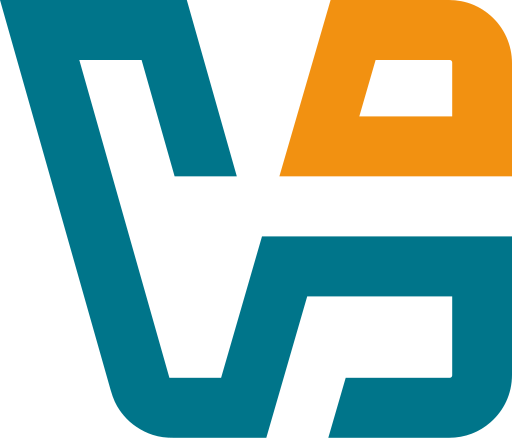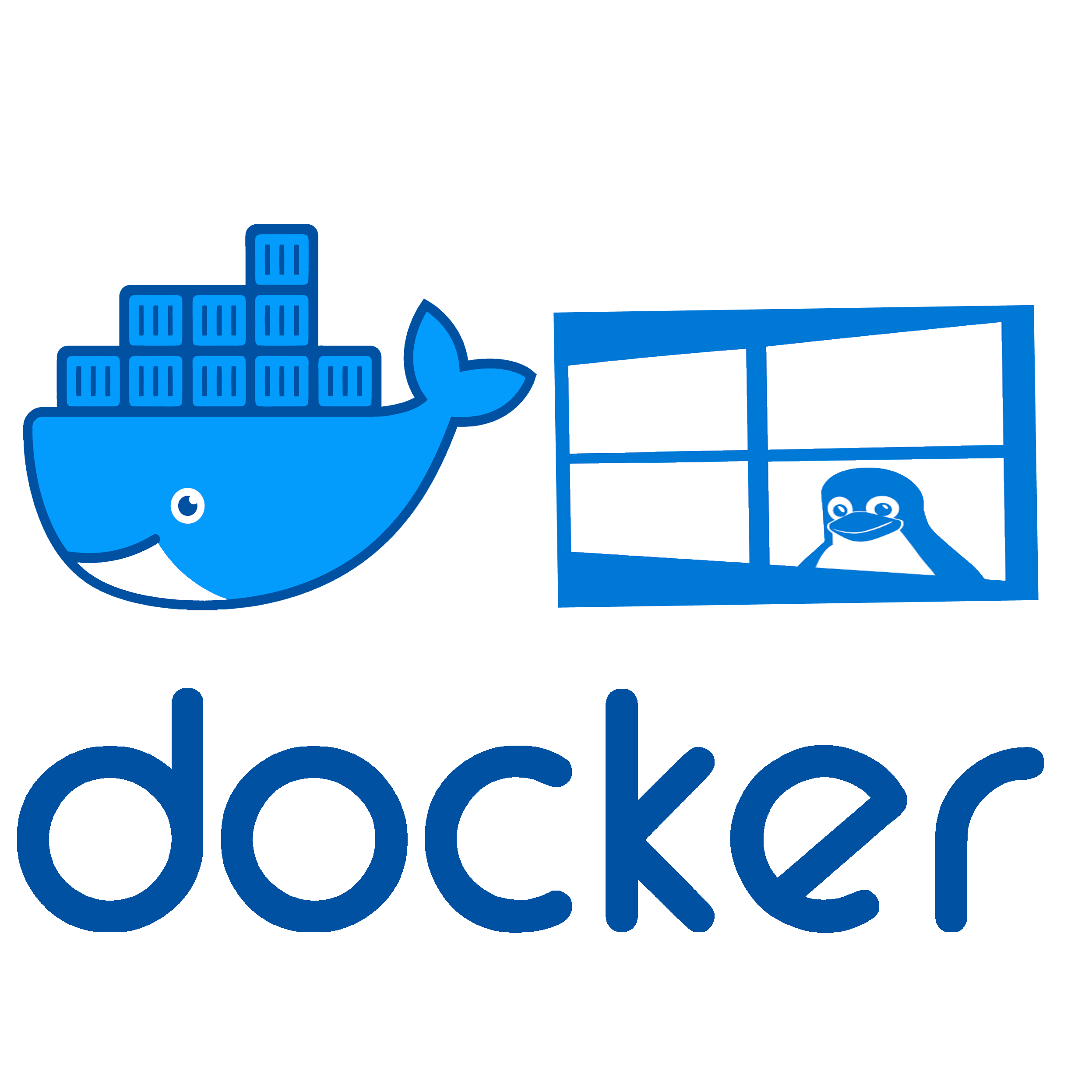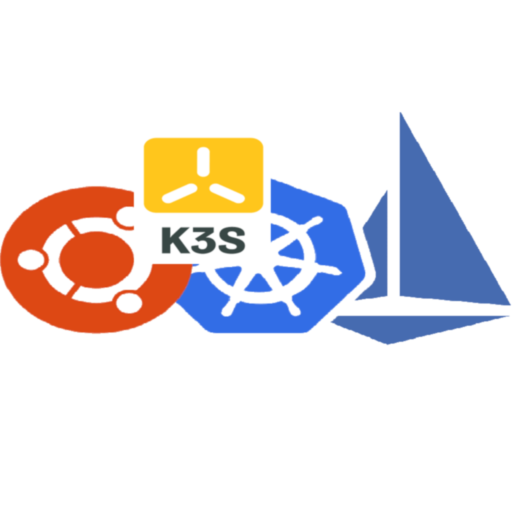CryptPad – Zero-Knowledge Collaboration Suite That You Host Yourself
What is CryptPad
CryptPad is a privacy-first alternative to Google Docs, built for people who actually care where their data goes. It’s not just an online editor — it’s a full collaboration platform: documents, spreadsheets, Kanban boards, polls, whiteboards, file sharing — all wrapped in end-to-end encryption.
Unlike most office tools, the server hosting CryptPad can’t read what users write. Everything is encrypted in the browser before it’s stored. There are no backend logs of your notes, no search indexing, no marketing profiles. What you write stays yours.
From a sysadmin’s perspective, CryptPad is also rare in that it can be self-hosted without selling your soul to SSO systems, proprietary plugins, or centralized accounts. One server, one deployment, and you’re running a secure alternative to several SaaS products at once.
Why It Stands Out
| Feature | Detail |
| End-to-end encryption | Server stores only encrypted blobs — no plaintext, no key access |
| Collaborative editing | Docs, sheets, code pads, forms, Kanban — all real-time |
| No external auth | Runs standalone, optional LDAP or email login |
| Anonymous usage | Guest users can edit without accounts or tracking |
| Self-hosted | Can run on any VPS or private server with Node.js |
| Storage limits | Admin-defined quotas per user or group |
| Open-source | AGPLv3 licensed, active development |
| Backup friendly | Single-directory data structure with encrypted files |
How to Host It
CryptPad is a Node.js application with CouchDB for storage and Redis for sessions. You’ll need a Linux server, 2 GB+ RAM, and a decent CPU for multiple users.
Install dependencies:
sudo apt install nodejs npm redis-server couchdb
Clone the app:
git clone https://github.com/xwiki-labs/cryptpad.git
cd cryptpad
npm install
Start the app:
node server.js
Default port is 3000. Access it via http://yourdomain:3000.
For production, use Nginx as a reverse proxy and enable HTTPS. Admin settings (disk quotas, registration policy, branding) can be configured via a .config file or web panel (if enabled).
Where It Fits
– Replacing Google Docs with something that doesn’t track your users
– Providing a secure whiteboard, pad, or poll for internal teams
– Creating a private knowledge base without central storage risk
– Running secure collaboration for clients or freelance teams
– Offering guest-editable forms or pads without account creation

